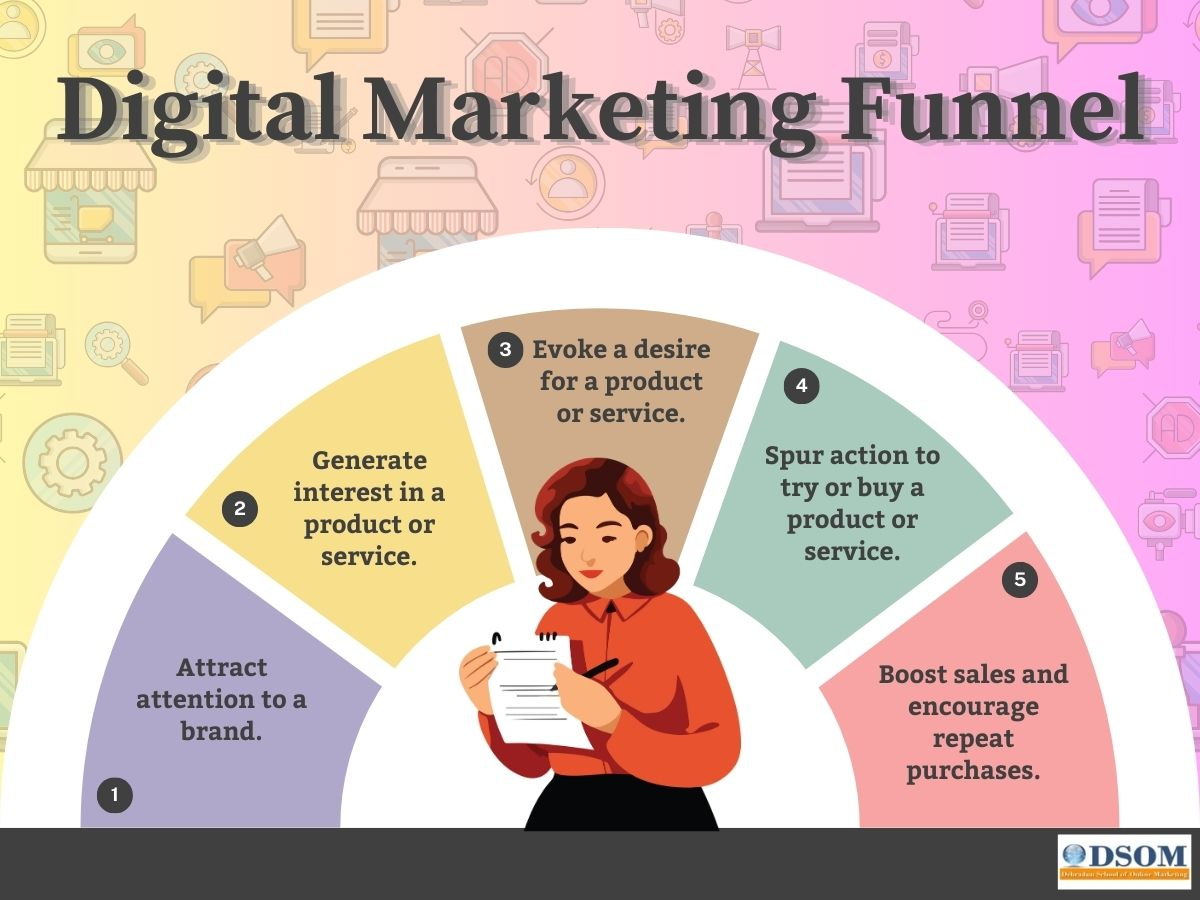NFT stands for non-fungible token. It is a type of digital asset that represents ownership of a unique item or piece of content, such as an image, video, or piece of music. Unlike fungible tokens, such as cryptocurrencies, which are interchangeable and have a set value, each NFT is unique and can have a different value. NFTs are often used in the digital art and collectibles space and are typically stored on a blockchain, a type of digital ledger, to ensure their authenticity and provenance.
What are the Examples of NFT
NFTs can be used to represent a wide variety of digital assets, including but not limited to:
Digital art: NFTs can be used to represent digital artworks, such as digital paintings, animations, and videos. This allows artists to sell their work as unique, one-of-a-kind items that can be bought, sold, and traded like traditional art.
Collectibles: NFTs can be used to represent digital collectibles, such as trading cards, virtual real estate, and in-game items.
Music: Musicians can use NFTs to sell unique, collectible versions of their music, such as limited-edition album releases.
Videos: Filmmakers can use NFTs to represent unique copies of their movies or videos.
Gaming: Game developers can use NFTs to represent in-game items, weapons, or other virtual assets.
Social Media: NFTs can be used for social media post and content like tweet, post, comment, etc.
Virtual Reality: NFTs can be used to represent virtual reality experiences, such as virtual tours of art galleries or VR games.
Sports: NFTs can be used to represent unique moments or records in sports like a baseball card, trading cards, etc
These are just a few examples of how NFTs can be used, but the possibilities are virtually endless.
How Do NFT work
NFTs work by using blockchain technology to create a digital token that represents ownership of a unique digital asset. The blockchain is a digital ledger that records every transaction and change made to the NFT. Each NFT is unique and has a unique digital signature, which is stored on the blockchain.
When someone wants to purchase an NFT, they will typically do so through a marketplace or platform that specializes in NFTs. These platforms allow users to browse and purchase NFTs, as well as create and sell their own.
Once the NFT is purchased, it is transferred to the buyer's digital wallet. The NFT is stored in the wallet as a digital file, and the buyer can view, trade or sell the NFT whenever they want, and the transaction will be recorded on the blockchain, which ensures the authenticity and provenance of the NFT.
It's worth noting that NFTs are stored on a blockchain which is decentralized, meaning that it is not controlled by any single entity. This ensures that the NFTs cannot be altered or duplicated, and ownership can be easily tracked and verified.
Overall, NFTs are a new way for creators to monetize their digital assets, and for collectors to own and trade unique items in the digital world.
Why NFT are important
NFTs (non-fungible tokens) are important because they allow for the creation of unique digital assets that can be bought, sold, and owned just like physical assets. This opens up a whole new market for creators of digital art, music, and other forms of digital content, as well as providing a new way for collectors to own and trade unique pieces of digital work. Additionally, NFTs use blockchain technology, which allows for transparency and immutability in the ownership and transfer of these digital assets. This gives the creators and owners of NFTs a level of security and provenance that was not previously possible with digital assets.
NFTs in the Real and Virtual World
NFTs can be used in both the real and virtual world. In the virtual world, NFTs are primarily used for digital art, music, videos, and other forms of digital content. These NFTs can represent ownership of a unique digital item, such as a digital artwork, or they can represent access to virtual items or experiences, such as virtual real estate or in-game items.
In the real world, NFTs can be used to represent ownership of tangible assets, such as real estate, cars, and other physical items. NFTs can also be used for event tickets, collectible items, and other forms of physical merchandise.
In both the real and virtual world, NFTs can be bought, sold and traded on marketplaces, allowing for the creation of a new market for unique digital and tangible assets. Additionally, the use of blockchain technology allows for transparency and immutability in the ownership and transfer of these assets, providing a level of security and provenance not previously possible.
 How to Turn Your Photos into Ghibli-Style Art with ChatGPT for Free
How to Turn Your Photos into Ghibli-Style Art with ChatGPT for Free Top 10 AI Tools for Plagiarism-Free Content Writing: Boost Your SEO & Digital Marketing Efforts
Top 10 AI Tools for Plagiarism-Free Content Writing: Boost Your SEO & Digital Marketing Efforts The Rise of Graphic Designing in 2025: A Career Guide.
The Rise of Graphic Designing in 2025: A Career Guide. The Rise of Video Editing: A Crucial Skill in 2025
The Rise of Video Editing: A Crucial Skill in 2025 Top 10 Digital Marketing trends in 2025
Top 10 Digital Marketing trends in 2025 Common Mistakes in Digital Marketing and How to Avoid Them 2025
Common Mistakes in Digital Marketing and How to Avoid Them 2025 The Future of Digital Advertising: What You Need to Know
The Future of Digital Advertising: What You Need to Know Social Media Marketing in 2024: Strategies for Maximum Engagement
Social Media Marketing in 2024: Strategies for Maximum Engagement Building a Successful Digital Marketing Funnel: A Step-by-Step Guide
Building a Successful Digital Marketing Funnel: A Step-by-Step Guide 5 ways to make money from home using AI (Artificial-Intelligence) in 2024
5 ways to make money from home using AI (Artificial-Intelligence) in 2024